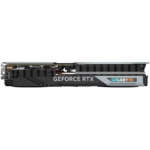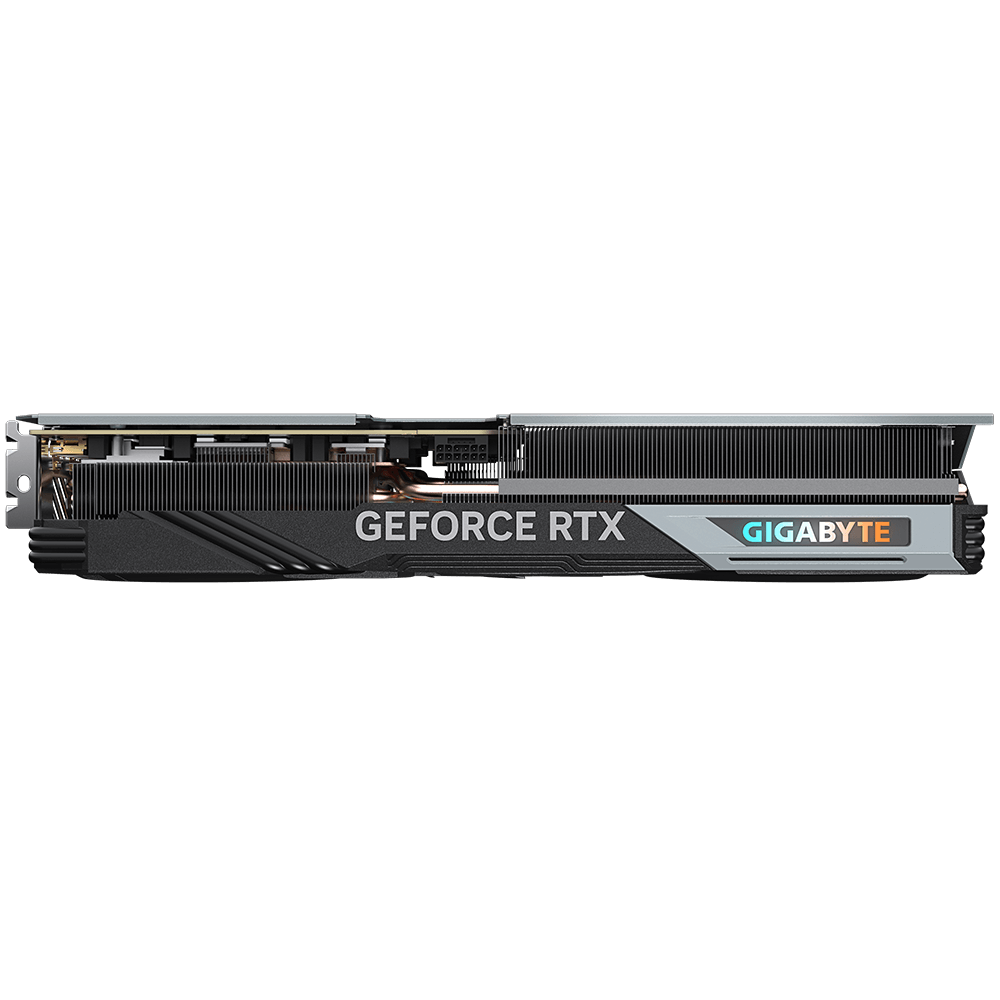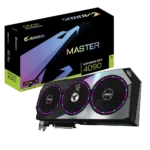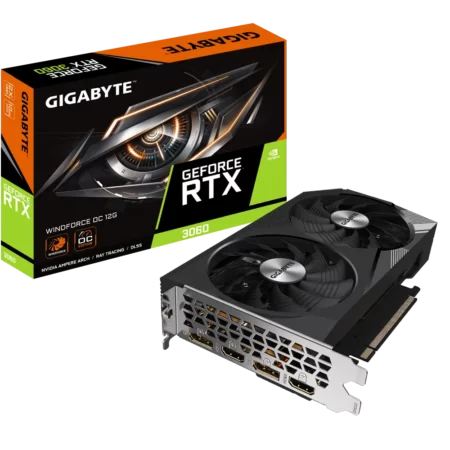RTX 4070 Ti Gaming OC 12G Gigabyte GeForce
1 EGP
GIGABYTE GeForce RTX 4070 Ti GAMING OC 12G
Out of stock
Email when stock available
Graphics Card GIGABYTE GeForce RTX 4070 Ti GAMING OC 12G
Powered by NVIDIA DLSS 3, ultra-efficient Ada Lovelace arch, and full ray tracing.
- Powered by NVIDIA DLSS 3, ultra-efficient Ada Lovelace arch, and full ray tracing
- 4th Generation Tensor Cores: Up to 4x performance with DLSS 3 vs. brute-force rendering
- 3rd Generation RT Cores: Up to 2X ray tracing performance
- Powered by GeForce RTX™ 4070 Ti
- Integrated with 12GB GDDR6X 192bit memory interface
- WINDFORCE Cooling System
- RGB Fusion
- Dual BIOS
- Protection metal back plate
- Anti-sag bracket
- 4 Years Warranty (Online registration required)
CORE CLOCK RTX 4070 Ti GAMING OC 12G
Nvidia’s GeForce RTX 4070 Ti may rank as the worst kept “secret” of the past few decades of graphics cards. Originally revealed back in October as the RTX 4080 12GB that was later “unlaunched,” the core specs and hardware didn’t change — only the price and name are new. Following in the footsteps of the more potent RTX 4090 and RTX 4080, the cards officially go on sale tomorrow, January 5, 2023. Except reviews can go up a day early, so potential buyers at least get some advice before taking the plunge.
Will the RTX 4070 Ti rank among the best graphics cards?
That’s a tough call, which we’ll get into more during this review. What we can say is that, based on our GPU benchmarks hierarchy testing, it’s faster than most of the 30-series offerings and basically ties the RTX 3090, at a lower price point. That’s the good news. The bad news is that this is by far the most expensive xx70-class graphics card Nvidia has ever released. We’ve gone from on a GTX 970 to on the GTX 1070, then for the RTX 2070 and 2070 Super, for the RTX 3070 as well with for the 3070 Ti, and now we’re looking at for an RTX 4070 Ti.
Put that way, what we’re really talking about feels a lot more like a replacement for the RTX 3080 12GB. Nvidia never gave that an official MSRP, but we briefly saw prices dip into the range before supply apparently dried up. Absent the cryptocurrency boom of 2020–2022, the 3080 12GB and 3080 Ti probably would have landed in the range. Now Ethereum has gone proof of stake and cryptocurrency mining profits are in the toilet, but it seems we’re still looking at mining-inflated graphics card prices.
There are alternative ways of looking at things as well. We don’t have hard numbers on how many cards have been sold, but all of the RTX 4090 cards at retail are still selling for over RTX 4080 cards meanwhile seem to be relatively available at close to their base $1,200 price, but none of them are actually selling at or below that price point.
In other words
, there’s clearly enough demand from people with deep pockets that newer, faster graphics cards at lower prices is a fantasy we’re not going to experience. We’ve heard some speculation that RTX 4090 prices in particular are greatly inflated due to demand from the professional sector — if all you want is a number crunching monster for AI research, the 4090 at is actually a great deal compared to for actual professional cards that may not even be as fast! But how far down the stack will that go before such professionals simply opt for a faster card?
Hopefully not down to the range, and equally hopefully we won’t get scalpers trying to buy up every card and then resell them on eBay. But we probably need a lot more than hope for either of those to be likely.
We’ve previously covered Nvidia’s Ada Lovelace architecture, so the only real question now is how performance scales down to the AD104 GPU with fewer shaders, less memory, less cache, a narrower memory interface, etc. Leaked details from the rebadged RTX 4080 12GB suggest it will be around 20–25 percent slower than the RTX 4080… which puts it in RTX 3090 territory. Here’s a look at the specifications for the new and previous generation Nvidia cards, alongside AMD’s new RX 7900 offerings.
2640 MHz (Reference Card: 2610 MHz)
















































